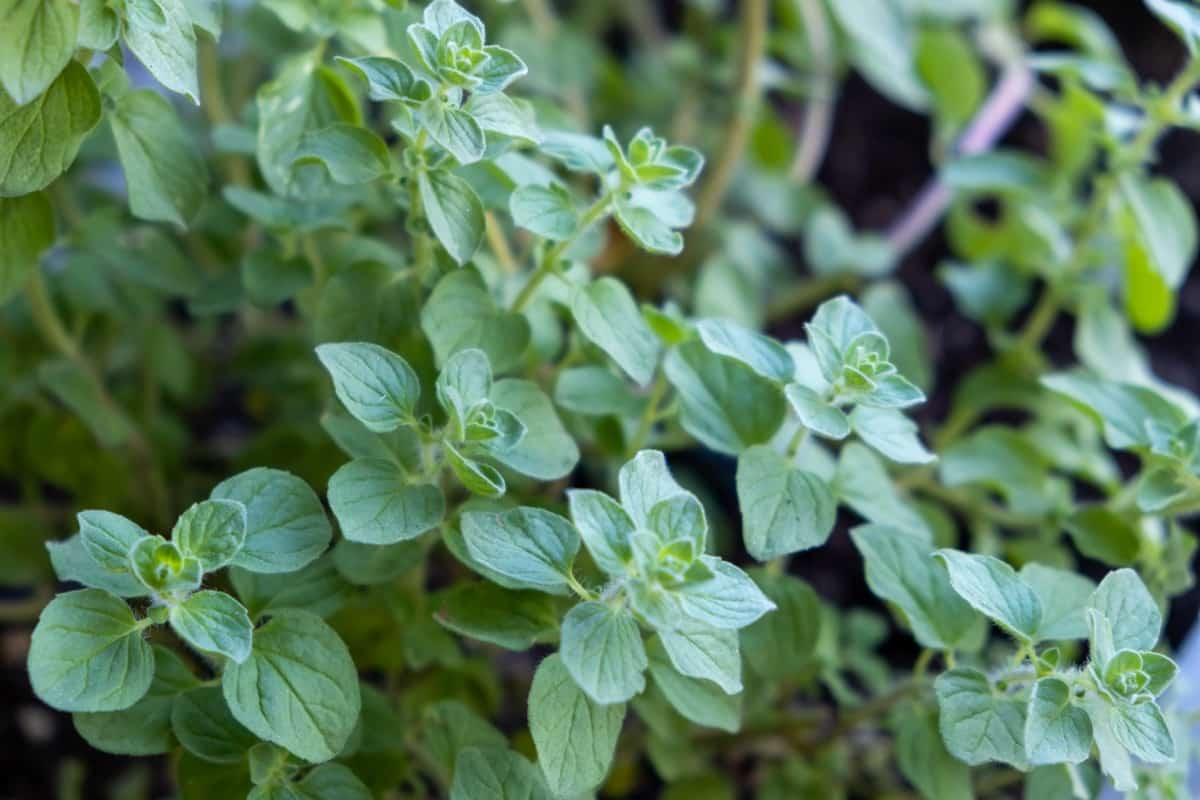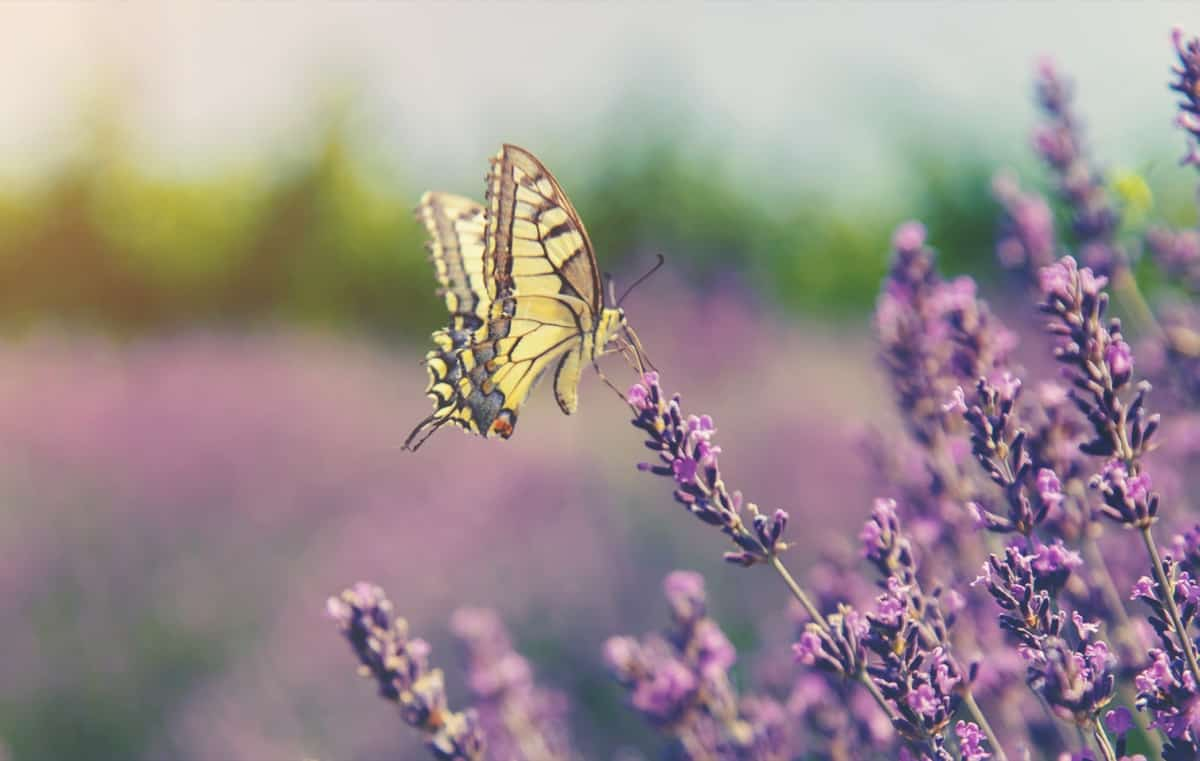The miraculous process of plant pollination is not exclusive to fruit and vegetable plants. Herbal plants, too, are part of this intricate dance that nature performs. The presence of diverse pollinators heightens the beauty of herbal gardens.

When you think of “Herbs That Attract Bees and Butterflies,” or even “Herbs That Attract Butterflies,” or “Herbs That Attract Pollinators,” an image of a vibrant garden comes to mind. Interestingly, there are also “Herbs That Do Not Attract Bees,” requiring alternative pollination methods. As such, understanding “What Herbs Need to Be Pollinated” can aid in developing a thriving herbal garden.
How to Pollinate Herbal Plants
Methods for Hand Pollination of Herbal Plants
Hand pollination is a method that improves plant fertilization by manually transferring pollen from male to female parts. This method is especially beneficial for indoor plants or those kept in greenhouses, where natural pollinators might not have easy access. Hand pollination of herbal plants uses a small paintbrush or cotton swab.
The technique involves gently swiping the brush over the stamen to collect pollen and depositing it onto the pistil. Some common herbs that can be hand-pollinated include chives, sage, and mint. Hand pollination ensures plants have the best chance at reproduction and survival, thus ensuring a healthy and productive herbal garden.
Natural Pollination Techniques for Herbal Plants
While hand pollination is effective, it can be labor-intensive, especially for larger herbal gardens. Hence, natural pollination techniques are often preferred for outdoor gardens. These involve encouraging pollinators such as bees, butterflies, and birds to visit the garden, aiding pollen transfer. Planting “Herbs that Attract Bees and Butterflies” such as lavender, mint, and oregano, can draw these pollinators.
Additionally, providing water sources, bird feeders, and insect houses can encourage their visitation. Conversely, “Herbs That Do Not Attract Bees,” such as rosemary and thyme, might need other strategies like wind or hand pollination.
In case you missed it: Market Gardening: for Vegetables, Flowers, Fruits, and Herbs

Pollination Process for Growing Herbal Plants
Understanding the pollination process for growing herbal plants is essential for a successful harvest. The process starts by moving pollen from the flower’s male part (stamen) to its female part (pistil). This can occur through wind, water, or animal pollinators. Once the pollen reaches the pistil, it travels down to fertilize the ovule, leading to seed and fruit formation. For herbal plants, the focus is often on seed production, typically harvested for use. Therefore, proper pollination is vital for the successful cultivation of herbs.
Effective Ways to Pollinate Medicinal Herbs
While all herbal plants can benefit from proper pollination, it is crucial for medicinal herbs as their potency can be directly linked to successful pollination. These herbs often require specific pollinators to ensure fertilization. For instance, borage and comfrey, common medicinal herbs, are highly attractive to bees.
Thus, planting these “Herbs That Attract Pollinators” can significantly enhance the pollination success rate. On the other hand, some medicinal herbs are self-pollinating and do not require external agents. A good understanding of “What Herbs Need to Be Pollinated” is therefore essential to maintain the health and productivity of a medicinal herb garden.
Pollinating Herbal Plants for Increased Yield
Proper pollination can lead to increased yield in your herbal garden. This is particularly relevant for herbs like coriander and dill, where the leaves and seeds are harvested. Pollination encourages seed formation, allowing for a more abundant harvest. Moreover, herbs like basil can benefit from pollinator attraction since these herbs produce more leaves when frequently visited by pollinators. Hence, planting “Herbs That Attract Bees and Butterflies” alongside these plants can boost your overall yield.
Best Practices for Pollinating Herbal Plants
Adopting best practices for pollinating herbal plants can lead to a thriving and productive garden. A key practice is diversifying your garden with herbs that attract various pollinators. Planting “Herbs That Attract Butterflies,” such as marjoram, or “Herbs That Attract Bees,” like borage, can create a vibrant ecosystem. Equally important is providing an environment conducive to these pollinators. This includes leaving some areas of your garden wild, supplying water, and avoiding chemical pesticides.
In case you missed it: Are Herbicides and Pesticides Safe for Chickens?: Keeping Your Flock Healthy and Happy

Pollination Tips for Cultivating Medicinal Herbs
Cultivating medicinal herbs involves some special considerations. While many medicinal herbs are attractive to pollinators, certain varieties might not be as enticing. Herbs like echinacea and milk thistle, for example, are self-pollinating. Therefore, they do not require the same level of pollinator attraction as other medicinal herbs. The key is understanding the specific pollination needs of each herb in your garden and creating a balanced environment that caters to all.
Enhancing Pollination in Herbal Plant Cultivation
Various strategies can be implemented to enhance pollination in herbal plant cultivation. These include creating diverse plantings to attract pollinators, implementing hand pollination when necessary, and practicing responsible gardening by minimizing pesticide use. It is also beneficial to ensure that your garden has plenty of sun and water, which is vital for the plants and pollinators. Ensuring a diverse, balanced garden environment is key to enhanced pollination.
Pollination Techniques for Specific Herbal Plant Species
Different herbal plant species may require different pollination techniques. For example, mints are bee-pollinated, so planting them with other “Herbs That Attract Bees” can be beneficial. On the other hand, dill and fennel attract beneficial insects like lacewings and ladybugs, which can indirectly aid in pollination by controlling pest populations. Understanding the specific requirements of each herb species is crucial to successful pollination.
Promoting Successful Pollination in Herbal Gardens
Promoting successful pollination in herbal gardens involves creating an inviting environment for pollinators. This includes planting various herbs to ensure continuous blooming throughout the growing season, providing shelter and water for pollinators, and avoiding harmful chemicals. Encouraging local and native pollinators by planting native herbs can also significantly boost your garden’s pollination success rate. With these practices, herbal gardeners can ensure a diverse, vibrant, and fruitful garden.
In case you missed it: 10 Common Problems With Herb Gardening: Treatment and Solutions

Conclusion
Understanding the intricacies of pollination is vital to cultivating a thriving herbal garden. From adopting hand pollination techniques for specific herbs to encouraging natural pollination by attracting bees, butterflies, and other pollinators, there are various strategies to achieve optimal pollination.
The essence lies in understanding the unique needs of each herb and creating a conducive environment that fosters pollinator activity. By incorporating these practices and emphasizing responsible gardening, we can contribute to the health of our gardens and the broader ecosystem, ensuring that the dance of pollination continues and our herbal plants thrive and yield bountifully.
- Feed Your Flock for Less: Top 10 Tips to Save on Chicken Feed
- Ultimate Guide to Ossabaw Island Hog: Breeding, Raising, Diet, and Care
- Hatching Answers: The Top 10 Reasons Your Chickens Aren’t Laying Eggs
- Eggs and Economics: Breaking Down the Cost of Raising Backyard Chickens
- Defend Your Greens: Proven Methods to Keep Iguanas Out of Your Garden
- Ultimate Guide to Cinnamon Queen Chicken: A Comprehensive Guide for Beginners
- Ultimate Guide to California Tan Chicken: Breeding, Raising, Diet, Egg-Production and Care
- Ultimate Guide to Marsh Daisy Chicken: Breeding, Raising, Diet, and Care
- 10 Types of Chicken Farming Businesses You Can Start for Profits